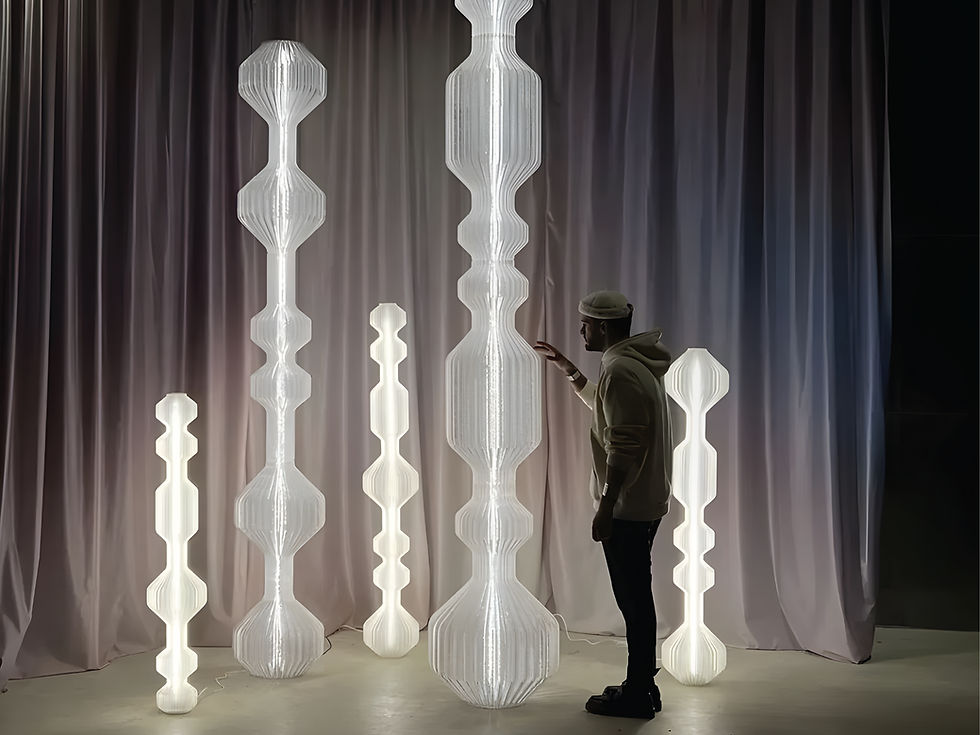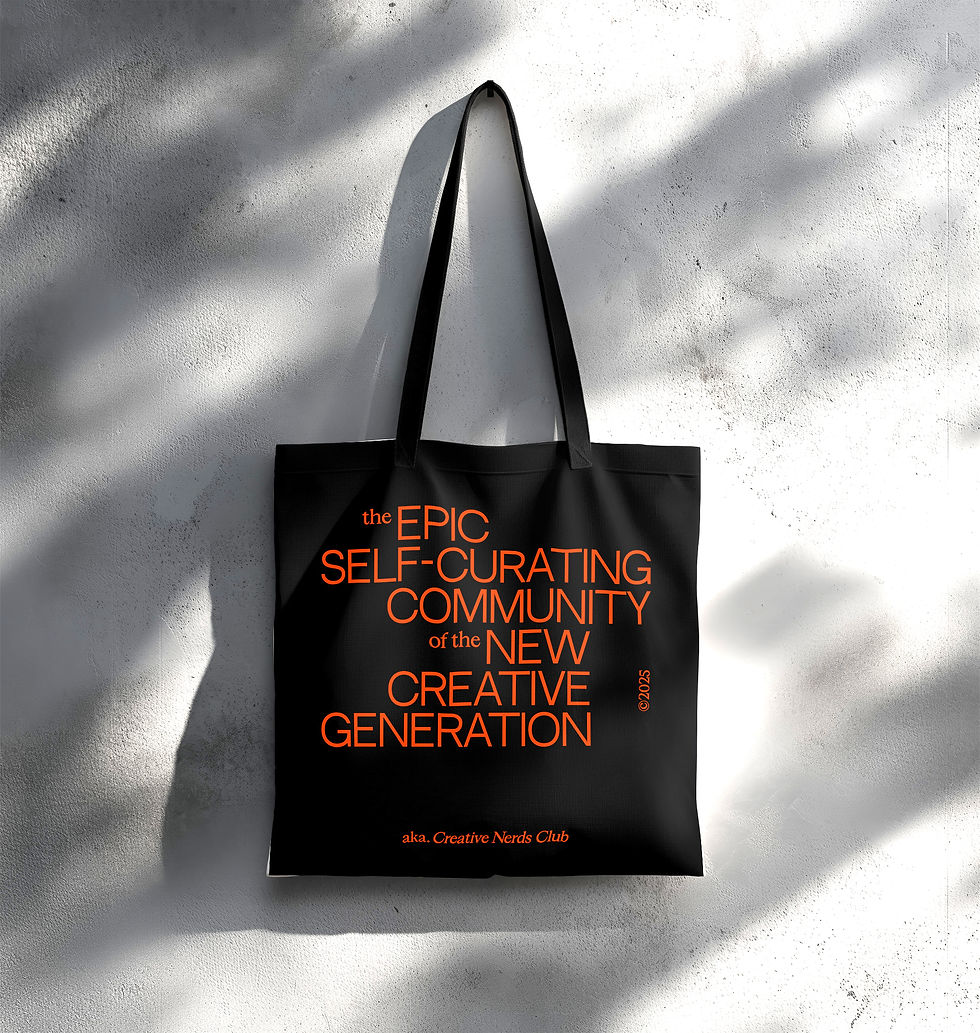DIALOGUE: Julia Schimautz | Graphic Designer & Animation Artist
- Onur Çoban

- Jul 28, 2023
- 4 min read

We had a conversation with graphic designer and print artist Julia Schimautz, whose work is guided by her love for the beauty in imperfection and misprinting and who, with a nostalgic touch, gives her digital designs the freedom to transform into different forms.
Who is Julia Schimautz? Can you briefly tell us about yourself?

I am an animator and graphic designer from Austria. After attending a graphic design high school, I moved to Cape Town to continue my studies. This is where my interest in printmaking was sparked, first with screen printing and, after my studies, with riso when I started working at the Riso and publishing studio Dream Press. The wholesome involvement in each discipline of creating, printing, and binding by hand made me fall in love with this field. In 2021, I moved to Berlin, where I started the riso and design studio DTAN with my partner, Francis Broek.
Can you tell us about your approach to incorporating nostalgia into your designs? How does your interest in the past influence your design process?
I am primarily self-taught in animation, and this could explain my belief there is beauty in the naivety of not always knowing the best way to execute an idea. I try to embrace this and not strive for perfection. The printing process plays a big part in my work; I love the warm feeling and texture that happens through riso printing the frames. I have always been very inspired by the past, browsing through record shops and looking at the covers, wanting to achieve a similar look and feel in my own work. I also have an amazing book and magazine collection spanning from the 60s to now, which I browse through and become inspired.

The vivid and multiple uses of colors characterize your work. How has your relationship with colors developed over time, and what factors do you consider when choosing the colors used in your illustrations?
Since working with riso, my use of color has become more extreme. I love using oranges and pink and sometimes need to try to limit myself from using all the colors of the rainbow. As a lot of my work is riso printed, I am somewhat limited to the colors that I stock. Currently, we have eight colors at DTAN (Yellow, Fluo Pink, Red, Blue, Green, Fluo Green, Burgundy, and Black). This limitation makes it more interesting, and I have to think more consciously at the beginning of the process about which colors I want to use and which feeling I want to communicate.
Can you tell us a little bit about the production process? Which of the analog and digital techniques are you closer to?
I work with Risography, which is a stencil printing technique originally from Japan. It's known for its bright colors and texture. Risoprint is a big part of my process and changes my animations in a way I could never replicate digitally. The outcomes can at times be very unpredictable and I strive to allow my digital designs freedom in how they translate and partly take the process out of my hands. I embrace the misregistration and imperfections and enjoy how mistakes inspire me with new ideas.
Which of your works to date excites you the most?
One of my favorite projects was working with the band Lucy Kruger & The Lost Boys. Creating a handful of single covers and the Album record allowed us (DTAN) to create a visual language and storyline throughout the releases.
For the single Stereoscope, we took two videos of the artist, playing with the concept of the stereoscope - a device by which two photographs of the same object, taken at slightly different angles, are viewed together, creating an impression of depth and solidity. The two videos were then interwoven with the intention of creating a single complex image. To achieve this, we used 148 frames from each video, which were then printed with an inkjet printer. From one set of frames, we cut out vertical slices and overlaid them on the second set. This part of the process was entirely analog. Cutting and pasting by hand allowed for all the frames to be slightly different, inviting movement, shadow, and imperfection. The layered frames were then scanned in and reassembled. The outcome, for me, was very unique and intriguing. It excites me, and I believe there is more to explore in this direction – mixing print and paper cut.
Who are the names you follow with curiosity in this field or in different disciplines?
Artists that I admire for their use of color and shapes are Judy Chicago, James Turrell, Mitsuo Katsui, and Julian Stanczak. I love Kelli Anderson and her riso animations, as well as her experimentation with paper. I'm also a huge fan of Anna Mills and her unique gifs and experimentation with typography - they are so much fun!
Are you excited about the future, and what are your plans?
Yes, I am very excited! We've recently moved into a new studio space in Berlin in Kreuzberg. So we are still settling in and loving having a space to share where people can pop in and out. We are planning on expanding our team and are excited to see what different heads and mindsets can create together!







































